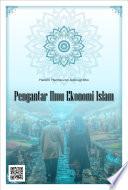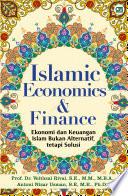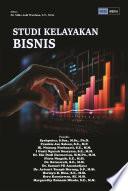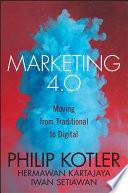
Public Relations
A Managerial Perspective
Electronic Inspection Copy available for instructors here Taking a managerial perspective, this book explores public relations and its role in the wider organizational world. Contributors explore a variety of contexts in which the relevance of understanding these two interlinking domains is so paramount, such as corporate branding and reputation, government relations and community communications, as well as drawing on experise of legal considerations and ethical awareness. The effective management of public relations is crucial within any organization, but a wider managerial awareness and support of its role is equally critical. Public Relations: A Managerial Perspective offers an original and vital discussion of these challenges for second and third year undergraduate and postgraduate students of public relations, corporate communications and public affairs.
- ISBN 13 : 144625366X
- ISBN 10 : 9781446253663
- Judul : Public Relations
- Sub Judul : A Managerial Perspective
- Pengarang : Danny Moss, Barbara DeSanto,
- Kategori : Business & Economics
- Penerbit : SAGE
- Bahasa : en
- Tahun : 2011
- Halaman : 512
- Google Book : https://play.google.com/store/books/details?id=HYkSphQ2mOkC&source=gbs_api
-
Ketersediaan :
Taking a managerial perspective, this book explores public relations and its role in the wider organizational world.









